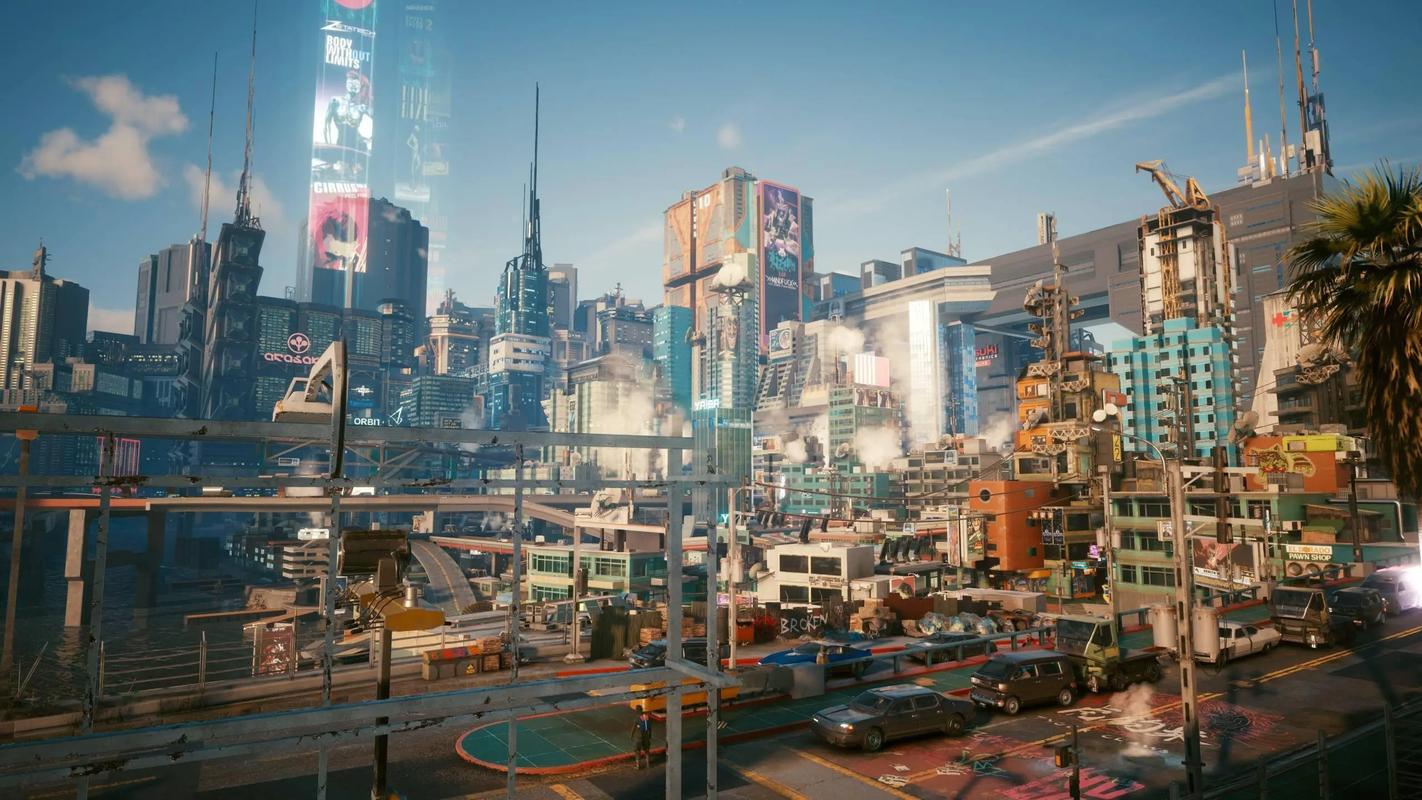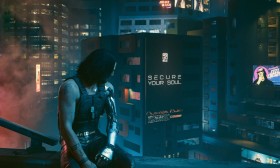Pokémon Scarlet & Violet Score: Open World Experiment
The Pokémon franchise has always been a pioneer in the world of turn-based RPGs, but with Pokémon Scarlet & Violet, Game Freak took a bold leap into uncharted territory—the open world. Breaking away from the linear progression of past titles, these games introduced a fully explorable region, seamless multiplayer, and a non-linear story structure. While the ambition was commendable, the execution was far from perfect. Scarlet & Violet stands as an experimental step forward for the series, showcasing both the potential and the pitfalls of an open-world Pokémon game.
The Promise of a Truly Open World
For years, fans dreamed of a Pokémon game that would let them roam freely, encountering wild Pokémon in vast landscapes rather than confined routes. Pokémon Legends: Arceus laid the groundwork with its semi-open zones, but Scarlet & Violet went further by eliminating loading screens between towns and wild areas entirely. The Paldea region is one interconnected map, allowing players to climb mountains, swim across lakes, and traverse deserts with their Pokémon companions.
The freedom to tackle gyms in any order was another major selling point. Unlike previous entries, where gyms had to be challenged in a fixed sequence, Scarlet & Violet let players test their skills against leaders of varying difficulty levels from the start. This non-linear approach gave a refreshing sense of agency, making each playthrough feel more personalized.
Technical Struggles and Performance Issues
Unfortunately, Scarlet & Violet’s ambition came at a cost. The games were plagued by performance issues—frame rate drops, pop-in textures, and bizarre graphical glitches were rampant at launch. While patches have improved stability, the experience still falls short of modern open-world standards. The Nintendo Switch’s hardware limitations were clearly a factor, but other Switch titles (The Legend of Zelda: Breath of the Wild, Xenoblade Chronicles 3) managed to deliver smoother open-world experiences, making Scarlet & Violet’s struggles harder to excuse.
The lack of level scaling was another missed opportunity. Since gyms and storylines didn’t adjust to the player’s progress, those who wandered into high-level areas early could either steamroll weaker opponents or face insurmountable challenges. This undermined the game’s non-linear design, forcing players to seek external guides to determine the "intended" path.
Gameplay Innovations and Strengths
Despite its flaws, Scarlet & Violet introduced several meaningful improvements to the Pokémon formula. The Terastal phenomenon—a battle mechanic that changes a Pokémon’s type and appearance—added a fresh layer of strategy to competitive play. The removal of random encounters in favor of visible Pokémon roaming the overworld (a feature first introduced in Legends: Arceus) made exploration more immersive.

The three-pronged story structure—Victory Road (gyms), Starfall Street (Team Star), and Path of Legends (Titan Pokémon)—was a welcome change from the traditional "beat gyms, defeat evil team, become champion" formula. Each storyline offered distinct challenges, with Team Star’s base raids and Titan Pokémon battles providing variety beyond standard trainer battles.
Co-op multiplayer was another highlight. For the first time, up to four players could explore Paldea together, battling, trading, and even participating in Tera Raid Battles. While the implementation was barebones compared to dedicated multiplayer games, it was a step toward the social Pokémon experience many fans have wanted for years.
The Verdict: A Flawed but Necessary Evolution
Pokémon Scarlet & Violet is a game of contradictions. It pushes the franchise forward with its open-world design, player freedom, and multiplayer integration, yet it stumbles in execution due to technical shortcomings and questionable design choices. The games feel like a rough draft of what an open-world Pokémon adventure could be—one that lays the foundation for future titles to refine.
For all its flaws, Scarlet & Violet succeeds in capturing the spirit of adventure that defines Pokémon. The joy of discovering new species in the wild, the thrill of overcoming a tough gym leader, and the camaraderie of playing with friends still shine through. If Game Freak can address performance issues and refine the open-world mechanics in future installments, the next generation of Pokémon games could finally deliver the seamless, immersive experience fans have been waiting for.
For now, Scarlet & Violet remains a fascinating—if imperfect—experiment. It’s a testament to the series’ willingness to evolve, even if that evolution comes with growing pains.














